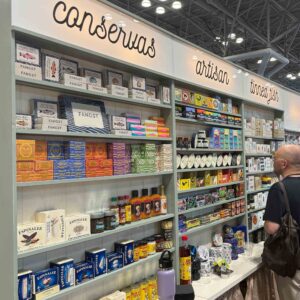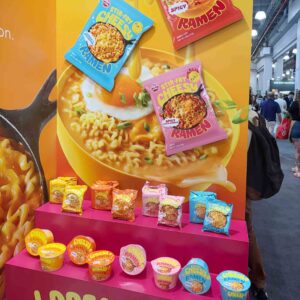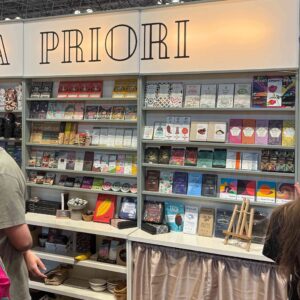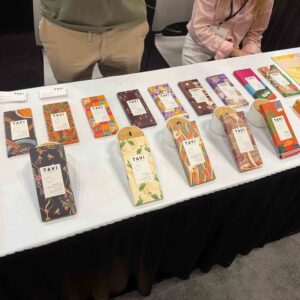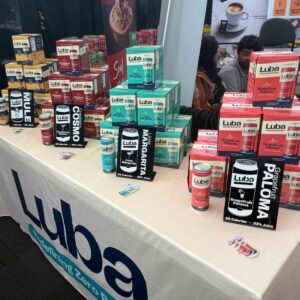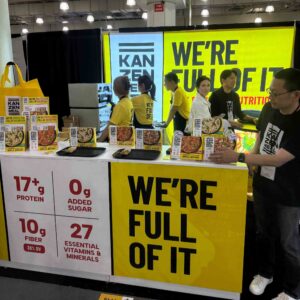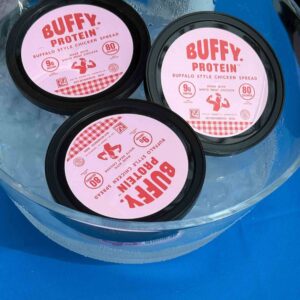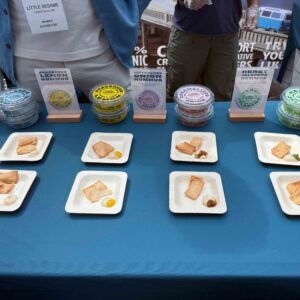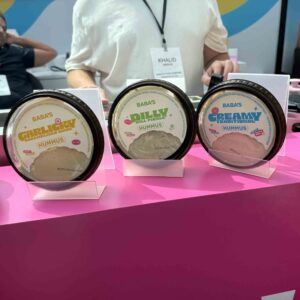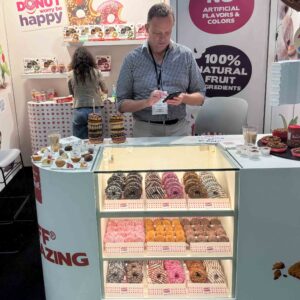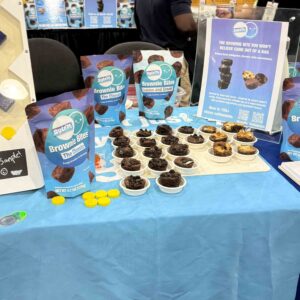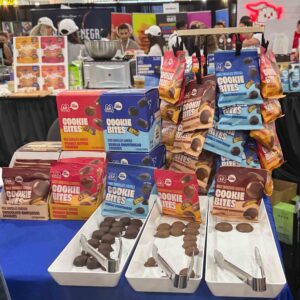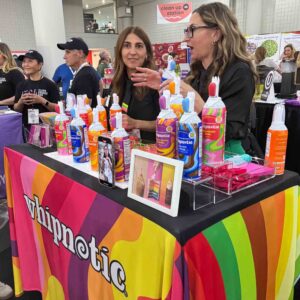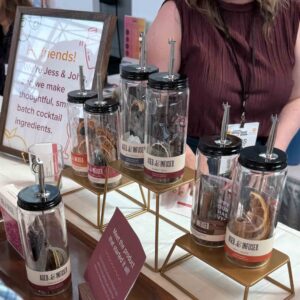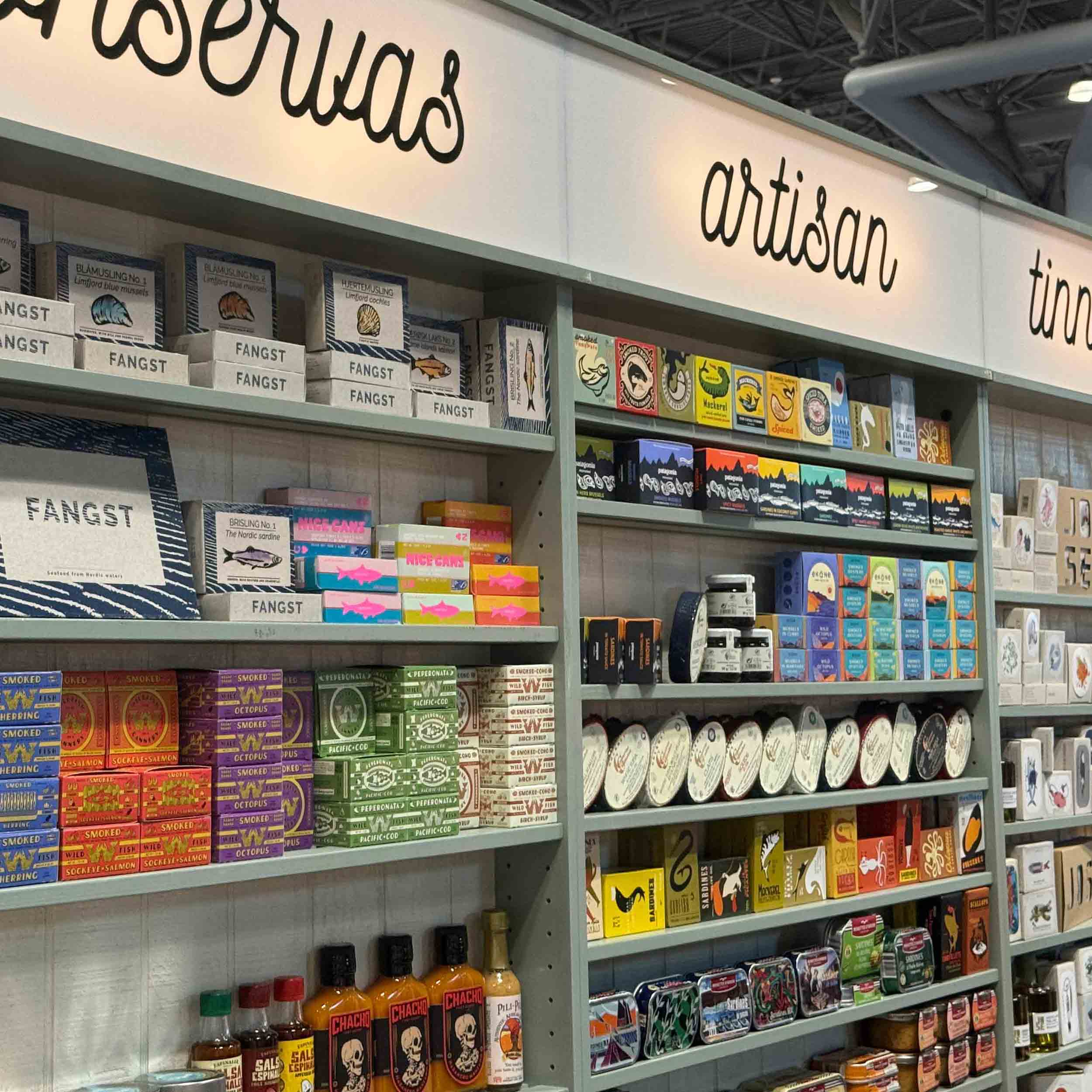
Fancy Food 2025: Innovation, Indulgence, and The Opportunities Hiding in Plain Sight
Walking the Summer Fancy Food Show this year, a theme emerged. This wasn’t about chasing the next big trend. It was about reclaiming familiar categories with sharper instincts, smarter positioning, and bolder ideas. This was a show defined by restraint in some areas and surprise in others. What stood out? Smart pricing, shopability, and a surge of unapologetic hedonism. What didn’t? Sustainability talk, cauliflower stand-ins, and the once-overheated plant-based meat category.
Shopability Got an Upgrade
Visual storytelling across the board was sharp—especially chocolate and tinned fish. Not just Instagrammable, but legitimately shoppable. Many manufacturers focused on front-panel clarity, display impact, and secondary placements. Everything was designed with purpose: chocolate brands clearly segmented between sleek, gift-ready designs and everyday bars that worked well in checkout, while tinned fish leaned into playful visuals that made old-world sourcing relevant for a younger, more curious consumer. The takeaway? You don’t need to reeducate shoppers when your package already tells the story.
Health & Wellness Evolves but Doesn’t Retreat
Better-for-you didn’t disappear, it simply got more format-specific. Hummus and dip brands multiplied, often leaning into high-protein claims or elevated global flavors. Ready-to-drink non-alcoholic cocktails stayed strong, though felt more grounded. Gone were the over-promises of NA spirits as one-to-one replacements; instead, brands focused on mood, function, and occasion. Bob Little of Kanzen also shared their GLP-1-friendly noodle meals designed to deliver balanced nutrition even for smaller appetites, blending current health behaviors with forward-looking consumption trends.
Indulgence Returns Confidently
If last year’s focus was fiber and adaptogens, this year was pure hedonism. Full-fat ice creams. Premium chocolate bars. Sauces that start with egg yolks and don’t apologize. Cookies and brownies showed up en masse, not as guilt-free snacks but as honest-to-goodness desserts. Everywhere you turned, booths were sampling indulgent treats with an open invitation to enjoy. Consumers are clearly signaling that joy and flavor still matter, and manufacturers are finally listening and leaning in.
Bold Innovation Wins Attention
Not all booths were created equal. Where innovation showed up, it earned its keep. Blueberry French toast macarons sparked conversation in a way traditional imports didn’t. Flavored whipped cream attracted actual lines. Across the floor, products that took risks—whether through unexpected formats, bold flavors, or clever packaging—were the ones that sparked genuine curiosity. And in a year when shoppers are watching their wallets, the most memorable innovations were the ones that invited conversation—not the ones that quietly subtracted ingredients.
Price Paved a Path
Price was the undercurrent in many conversations we had on the floor. Brian Choi of The Food Institute shared new data showing that, for the first time, price outranked every other purchase driver by a wide margin, and you could see the impact in real time with companies offering things like smaller pack sizes and less premium formulations. A lull in fresh innovation and months of consumer belt-tightening (see the latest Michigan Consumer Sentiment report) set the stage for Private Label to win by default, yet smart manufacturers took note of the opportunity and used it to their advantage.
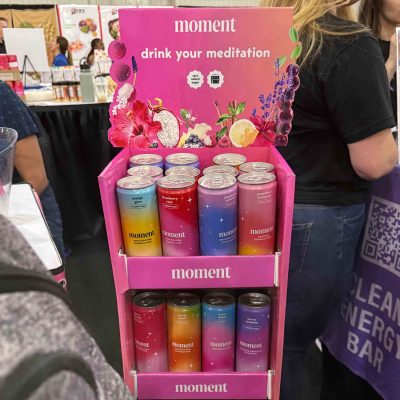
What Was Missing
This wasn’t the year for buzzword categories. Cauliflower had all but disappeared. Plant-based meat was muted, lacking both enthusiasm and reinvention. Sustainability claims were still on packaging, but rarely the lead story—no surprise, given price pressures and the lack of evidence that consumers are paying a premium for it. On a more meta note, another thing notably absent was the influencer marketing chaos seen at some other recent shows. This was a business-first show, not a content-creator circus.
What It All Means
For food manufacturers, the signal is clear. Familiar categories still hold white space if you’re bold enough to rethink the offer. Show up with great design, honest innovation, and a clear reason for your price point, and you’ve got a story buyers want to hear. The brands that moved this year weren’t chasing trends, they were focused on the fundamentals of making something that felt fresher, clearer, and more interesting for the buyer.
Spotted something we missed at Fancy Food 2025? We’re always up for a conversation. Reach out—we’d love to hear your take.

Engaging Discussions Enable Confident Decisions®
When you’re busy with the daily demands of your job, it’s easy to overlook the opportunities that will drive long-term growth. When you become a member of a Drive Wheel peer group, you can identify new strategies, reduce risk, and make confident decisions that will grow your business faster and more strategically.
We host two-day in-person meetings twice a year where leaders discuss their new strategies, innovation plans, and business challenges to get feedback from their peers. Members leave the meeting knowing they have thought about their idea from every angle. Between meetings, we conduct benchmarking studies and weekly news roundups to keep our members informed about changes in the industry.


